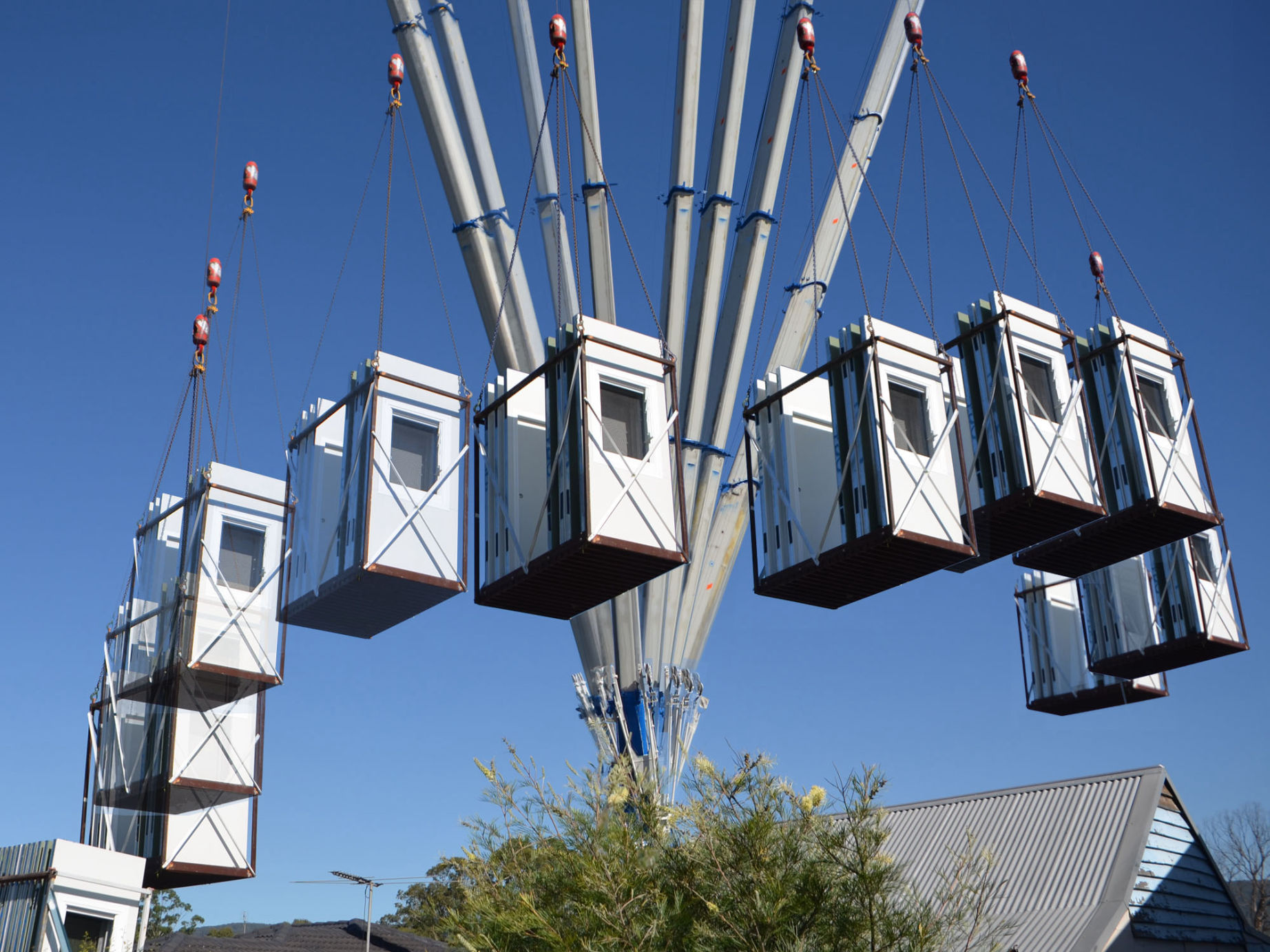


Why off-grid living?
Peace. Space. Freedom. Living off-grid is attractive for many reasons.
Living off-grid in the simplest terms is having a lifestyle that is self-sustaining and does not rely on government connections to power or run a home. Off-grid homes are sustainable, ecological, and smart. Living off-grid is achieved by getting electricity from alternative sources and managing water and sewage on-site rather than using ‘the grid’.

While living off-grid is usually associated with rural living, recent developments in technology have helped it become more possible to live off-grid in the suburbs or the city. Living off-grid has become more accessible with rapidly advancing technology in solar panels, batteries, systems and increasingly energy efficient lighting and appliances. You no longer need to pack up and leave the city to live a cleaner life, off-grid options are available for most properties across the country.
Powering MAAP Houses with renewable energy
All homes require energy to power lights, heating, refrigeration, washing, entertainment, etc. Many alternative energy sources have been explored attempting to meet energy requirements for off-grid living including hydro-energy (running water), tidal-energy, geothermal-energy (volcanic), wind-energy, solar-energy and more. Each of these electricity sources attempt to draw power from earth’s natural elements. Solar-energy has become the preferred method for powering off-grid houses because it is more affordable and available, there are systems which help it seamlessly integrate with everyday appliances and no matter where you are located on the planet you always have access to energy from the sun.

MAAP House believes in the value of sustainable living and alternative energy and so we include a minimum 1.5kW solar electricity system with every building quoted including buildings connected to the grid. When a MAAP House is to be off-grid, the quoted cost of the 1.5kW system offsets the cost of the final larger solar electricity setup. We make sure to install the highest quality and most advanced systems to ensure that our clients get the best performance. We also practice what we preach and have invested in an array of solar panels which assist to power the MAAP House factory.
Conserving Energy in a MAAP House Through Insulation
The biggest energy consumption in a home is heating and cooling. A well-insulated home is important when choosing to go off-grid because it requires less energy to heat and cool and therefore requires less power to run the home. Strangely many off grid homes are constructed with the poor insulation of transportable buildings or other cheaper building alternatives. MAAP Houses are built with high grade insulation through the floor and walls and 150-250mm thick polystyrene across the whole roof, insulated in the same way as a fridge. This makes MAAP House a smart choice for your off-grid home.
Renewable Water
Water tanks provide a renewable source of water to off-grid homes. Tank water can be used to either offset the use of mains water in some areas of a home such as toilets and laundries or, with the correct filter setup be used for drinking water and supply water throughout the entire house.

As our cities expand the need to provide running water to households increases. Current water catchments are increasingly insufficient to supply needed water to the growing number of homes in our cities. Using tanks to harvest water minimises the demand from public water catchments and can delay or prevent the mass environmental destruction caused by needing to expand public dams or build new ones. Using tank water also saves money on mains water connection and supply.
At MAAP we believe in water conservation. All MAAP House quotes include an unfiltered water tank as part of the on-site installation. The included value of this is available to offset a fully filtered potable water system for an off-grid option. The MAAP factory itself is not connected to mains water and uses a 30k litre fully filtered water feed system to supply water throughout the factory.

Smart Sewage Disposal
The dirty truth of not connecting to sewer mains is that you still need a place for sewage disposal. Traditional septic systems require harsh chemicals and regular pumping to maintain. An Australian company has developed a combined septic and compost system that is essentially a worm farm which breaks down waste in a natural way. MAAP House has installed several worm farm septic systems and has had only positive feedback. When building a MAAP House, if an
alternative septic system is selected, the quoted value of connecting to sewer is used to offset the cost of septic system or the worm farm.
Off-grid with MAAP
At MAAP House we are passionate about sustainable living. It is only a small step from an already sustainable MAAP House to a completely off-grid MAAP House. We are happy to consult with you regarding the quantity and type of solar system, installing energy saving appliances, the required water tank size, filter system, and on-site septic treatment options that are available.
Take a closer look at MAAP House sustainability...
Start customising your home with over 40 MAAP House floor plan ideas:
From studios to 5 bedroom houses
At first glance the MAAP house is somewhat boxy, but it has a cubist, post-modern vibe.
Read more:
Jeff and Jane Carryer built this appealing prefab granny flat on their property by the Myall River in Bulahdelah...
Read More...
MAAP House is a smarter way to move a factory built home. There is no need for oversize loads, permits or pilot cars.
Read More...
Renovations and alterations have never been easier. Reuse parts of the existing house on the new build.
Read More...
The MAAP House system is a smarter, quicker, more economical way to build.
Read More...
MAAP homes are environmentally friendly, sustainable living is easier in a sustainably designed home.
Read More...

Contact: MAAP House
info@maaphouse.com
0411 806 499